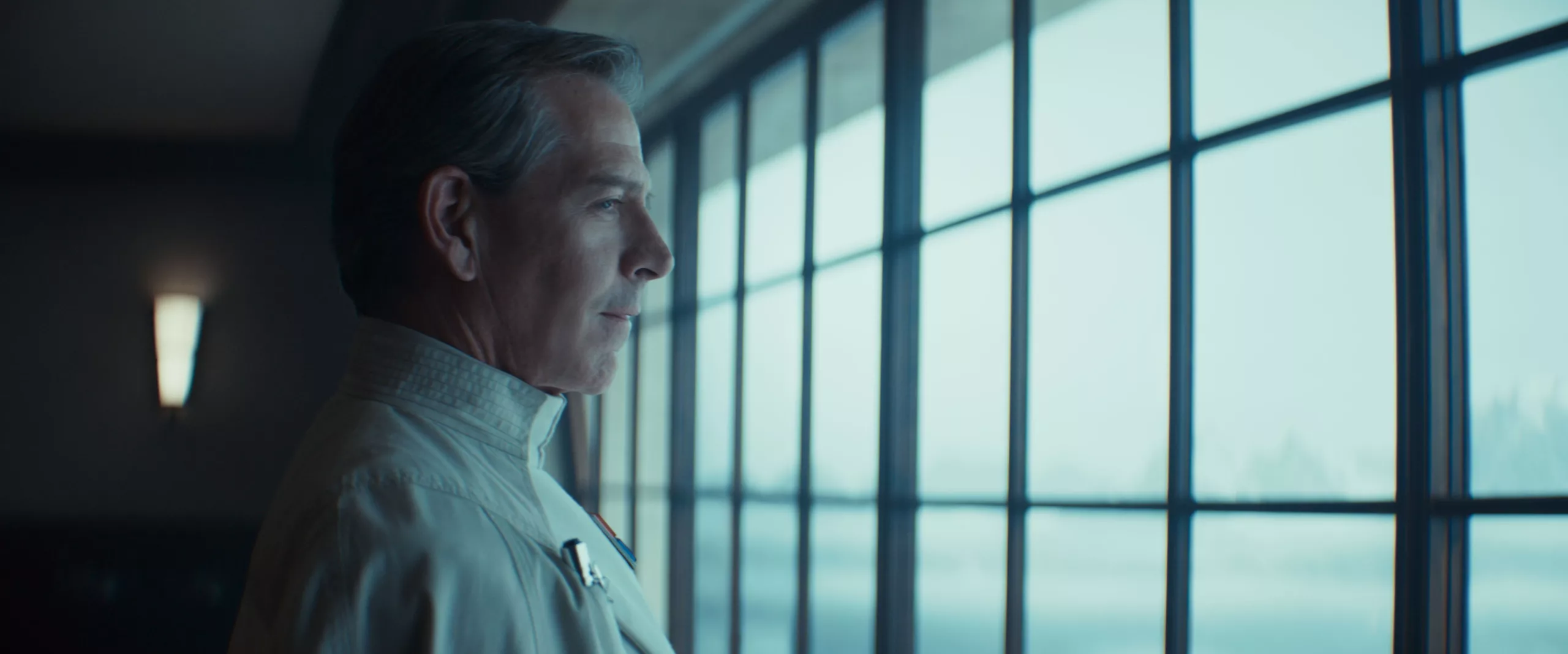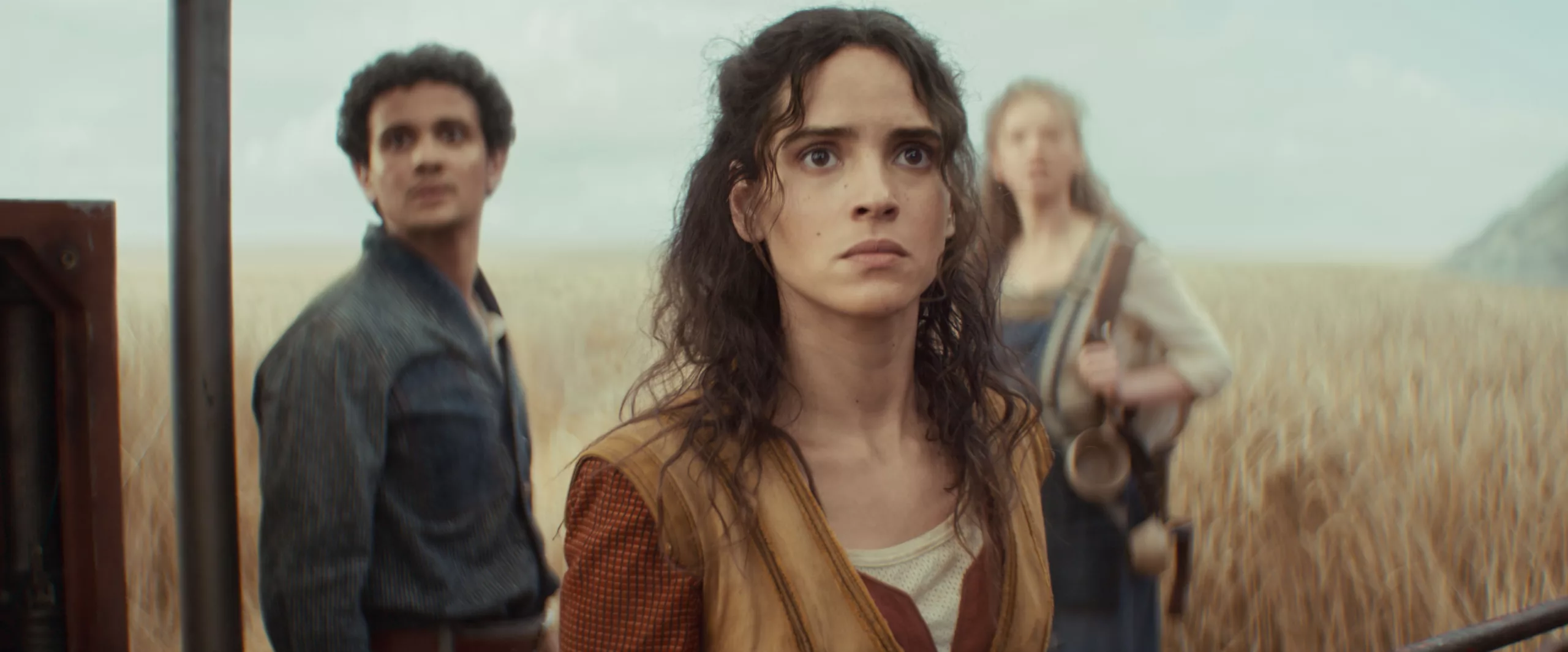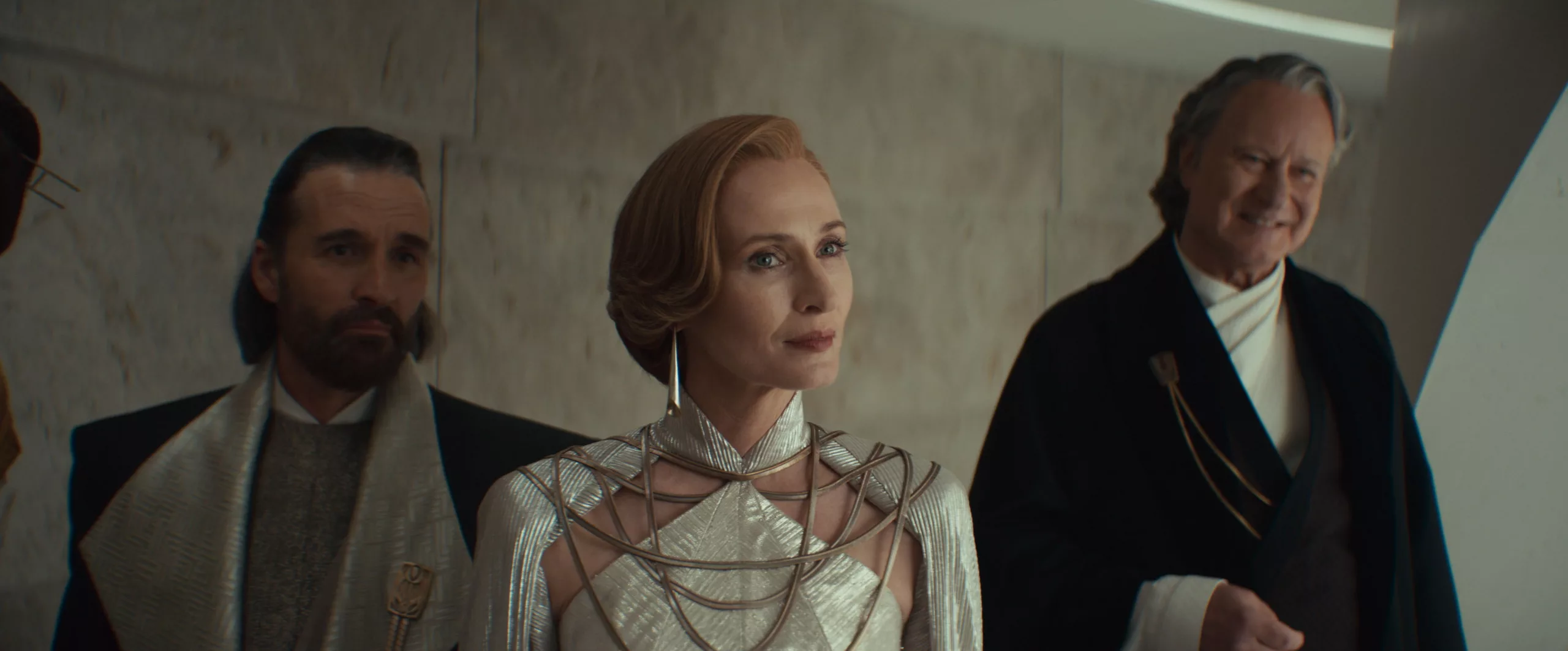“Andor” opens her second season with a micro-version of what she does so well: a scene of net intellect to become who you are when you defend what you believe, before pivoting a “larger Star Wars” sequence of action which does not go out anywhere and unfolds unexpectedly. It is an excellent opening of the ten-minute season: the messaging that feels in time that ever mixes with a narration of grandiose science fiction action which rives in its own universe. This arc of 12 episodes, which takes place really more like four interconnected feature films, is the best television season so far this year, and one of the best in the current decade. This is what “Star Wars” (and all science fiction television) can be at its peak, and I hope it is a roadmap to the future of all this franchise. Let Andor open the way.
The very structure of “Andor” this season is clever. Disney + drops three episodes for four consecutive weeks, taking place as a “squilogy” of feature films. Every night has a different writer. And, as most people know, the season takes place over four years. Thus, the first night made its debut three episodes written by the creator Tony Gilroy himself, which takes place in BBY 4. The following week launches three episodes written by the nominated at the Emmy of the first season, Beau Willimon, taking place in Bby 3. Like a large series of films, these chapters are held alone while folding their thematic concerns. And the writers do not completely reject the episodic structure either, with a few chapters, in particular 8 and 10, both lectures, standing alone. It is like a nesting doll of creative narration.

And it’s creative. “Andor” avoids common prequel problems by twisting and transforming Cassian Andor of Diego Luna from the first season to the one we know in “Rogue One” in an unpredictable way. It is a show on the development of a rebellious leader, but on the fact that Gilroy and Company obtain from the first season to the introduction of the character in the “Rogue One” fascinates cossedically. Some complained that Luna was a little too moderate in the first season, but the return of season one in a prelude to this review reveals how subtle her work is through the 24 episodes, because Andor goes from the believing believer to a leader passionate of resistance.
What resistance is. Many will be written on the speed of “Andor” at a time when the power and uncontrolled political resistance are in the headlines, but it is not a simple piece of narration “Good vs Evil”. This is the complexity of the resistance. It is a question of knowing how what we do defined which we are, in particular in times of great conflicts. The characters who suffer in this “Andor” season are those who try to have them in both directions, who give the lip service to action but prosper from corruption. There are so many lines that I scribbled in my notes, but the one that was out was “it is not us of what we save and what we lose” when we choose to retaliate. It is a program on sacrifice and trauma, and how the stories are made, told more effectively than any political drama for years. As someone says, “a person’s rebel is another person’s terrorist.” It is so rich thematically that it can almost be overwhelming, and there are even more scenes of political machination than the first year, but be patient with the slow burn of each conspiracy wire. They all come to light.

What really raises “Andor” is the mixture of theme and the plot. Speeches on fascism and resistance transform words into action and transmit the difficulty of doing so. We are at a time of great amplification of rhetoric, but this spectacle includes the power of the message and the fist, the rhythm of resistance and fascism. How do you use the rebellions to continue fascism? How does human fragility have an impact on both? What about emotional connections? Are you ready to give up less when you have so much to lose?
That’s not all words. In these deeper themes, the writers of “Andor” take the time to unpack and examine how human beings react to things like trauma and instability. The first goes to the phenomenal work of Adria Arjona as Bix, which was tortured last season and carries the weight of it. She is an integral part of the release of the second year and does the best job of her growing career.
Inspired by the first season and the closure of an arc of two seasons, everyone rises this year. Stellan Skarsgård gives such richness to Luthen, a man who has set up parts for the resistance of a generation, and Elizabeth Dulau is an excellent partner for him as a crucial Kleya Marki. Genevieve O’Reilly, Denise Gough and Kyle Soller are also great this year, and, of course, Ben Mendelsohn is always a welcome show, returning to this universe like his bad “Rogue One”.

“Andor” never forgets its technical elements too, with acute cinematography, a dense production conception and an excellent score of Brandon Roberts which integrates the work of Nicholas Britrell of season one in something stimulating and new. And while some can deplore a lack of action this year, when “Andor” explodes in combat, it is as rivalized as everything that science fiction has long produced.
Where will “Andor” adapt to the history of the most popular fictitious franchise of all time? Since children will dress more like Luke, Dark, Han and even the Mandalorian of Halloween for future generations, it is tempting to say that he will not have the same cultural imprint. How could he really? I hope it is in the DNA of future “Star Wars” narration, reminding those who follow what this universe can be to its best and the potential of all science fiction: not just a vision of the future, but a mirror of the present. If we are lucky, Cassian Andor’s inheritance could simply start.
Whole season projected for examination. First on April 22ND On Disney +.


